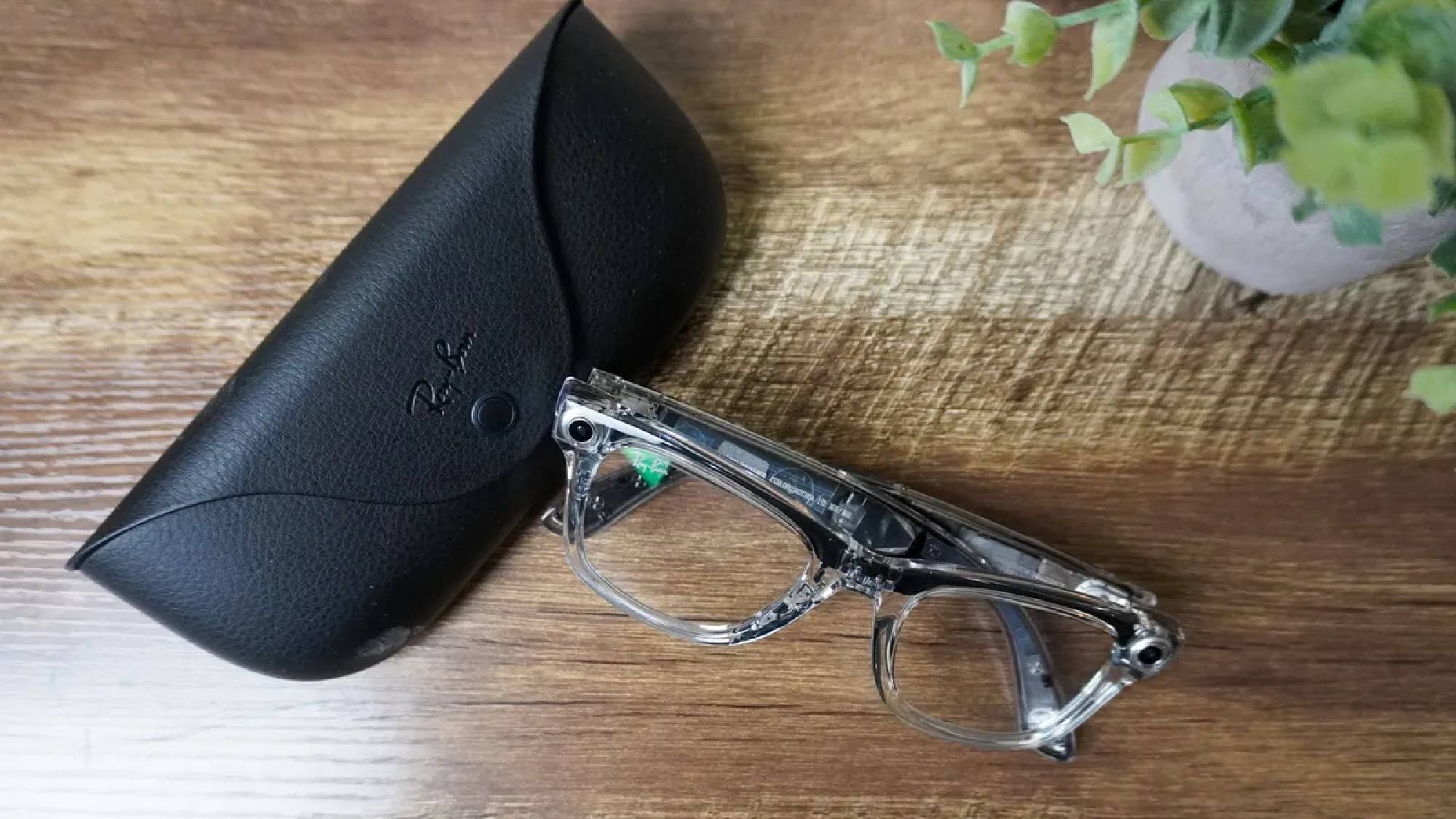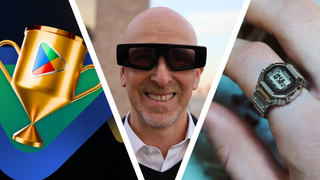
Tweet Facebook Mail Mario & Luigi Brothership is a masterclass in combat and visual spectacle, weighed down by a forgettable world, overly-chatty characters and frustratingly linear progression. When it doesn't get in its own way, Brothership is a lot of fun. Fights require focus, enemies are engaging and the game does an excellent job in drip-feeding new mechanics that add layers of strategy.
READ MORE: Apple MacBook Pro review: Why latest screen tech is the right choice Are you ready for an adventure? (Nine) But the game's uninspiring cast of characters fail to stack up against Nintendo's recent (and excellent) remakes of Paper Mario: The Thousand-Year Door and Super Mario RPG. And - as the first Mario + Luigi game on a home console - I really wish there was a co-op mode for a second player to get involved. Welcome to Concordia Mario games are notoriously light on story but Nintendo RPGs typically offer more.
Brothership opens with Luigi being chased by a swarm of bees. He accidentally runs off a cliff, Mario catches him before he falls and that act of heroism opens a portal that sucks the plumbers into an unknown dimension. READ MORE: Hands-on with the PS5 Pro: perfect power, but at a price Luigi cries with joy when reunited with Mario.
(Nine) Mario lands alone on an island and - after a bit of introductory platforming and a fight or two - follows Luigi's ghost to a giant, moving island called Shipshape where Luigi returns the favour and saves Mario from falling off a cliff. It's non-sensical and that's fine. On Shipshape Island, you meet Connie; a resident with a face like an electrical socket who lives in Concordia.
The land was once held together by a large tree which has been destroyed by a mysterious force, leaving Concordia's different realms floating at sea as islands. Mario and Luigi agree to help reconnect each island and set sail. Reconnecting every island in Concordia is Mario and Luigi's main goal.
(Nine) It's about the destination, not the journey Before the plumbers can explore and connect each island, they first have to find them. Navigating the oceans from Shipshape Island amounts to opening a map and selecting a current to sail along. There's nothing to explore beyond these linear tracks and it is painfully slow.
The idea is that you'll run off to complete sidequests while the ship makes its way from one point of interest to another but the game is so long - and the rewards for these sidequests so meaningless - that after 30+ hours I wasn't wasting more time on them. READ MORE: Hands-on with the new Indiana Jones game Pick a current and wait. That's as interesting as sailing gets in Brothership.
(Nine) Thankfully, you get a speed upgrade very early in the campaign. When you approach a reef or an unknown island, Shipshape will automatically slow down and give Mario & Luigi enough time to run to the telescope/cannon at its right tip. From there, you can spot the island on the horizon and fire the plumbers like a cannonball at their target.
These animations are incredibly fun. Mario always lands on his feet as Luigi struggles to stay upright, slamming into walls or falling over in some classic slapstick comedy. Each island gets its own unique animation and over time, Luigi's landings get better which is a cute touch.
Island Life is...
OK? There are more than a dozen islands for Mario and Luigi to discover and reconnect. They vary in size and quality and very few have memorable stories attached to them. Most of the local look very similar, with slots for eyes and a mouth.
(Nine) Rumbla Island was an early favourite of mine. It's home to artists whose creations keep getting destroyed by a man without any talent who just wants some attention. There's also an endearing (albeit unoriginal and long-winded) love story told over three islands that play off the duality of fire and ice; Heatfreeze island, Skorcheen Island and Slippenglide Island.
Mario and Luigi don't have any speaking lines but will offer vaguely Italian-sounding babble in conversations which are routinely too long. You expect a lot of reading in a Mario RPG but it felt like I was holding down fast-forward and mashing next for far too much of my playthrough. The writing itself is solid, there's just far too much of it and it interrupts the fun stuff too frequently.
By the time you roll credits you'll be rolling your eyes at the funny to begin with are repeated so often that you'll be rolling your eyes by the time the credits hit. Snoutlet, your flying pig-looking companion, gets offended whenever someone assumes he's a pig. It's a funny premise, like the chicken-pig hybrid in Marvel's Shang-Chi film, but the game never explains what Snoutlet actually is or why it looks like a pig, so the joke doesn't evolve over the 40-hour campaign.
READ MORE: Exploring the fantasy world of Dragon Age: The Veilguard A Mario game isn't complete without Bowser, even if he isn't the main villain. (Nine) The same can be said for most of the game's support characters. None are particularly memorable and while I appreciate Nintendo's willingness to introduce new characters (rather than rely on an army of differently coloured Toads), making everyone look like they have an electrical socket for a face never really gelled with me.
Had Nintendo integrated the motif of connections and electricity into a more substantial story about Bowser trying to steal energy from another dimension, maybe I'd feel differently toward Concordia's plug-faced people. The same can be said for the game's trio of villains whose names I genuinely cannot remember. You spend the majority of the game not knowing what they're after or the motivations of their boss, which doesn't help to establish or drive a story.
If anything, I felt more connected to the 'run-of-the-mill' enemies whose patterns you have to study over multiple battles to dominate in combat. It's about how hard you can get hit and keep moving forward Battles are Brothership's ace in the hole. At its core, Mario and Luigi: Brothership demands your attention.
Timing is critical while kicking the red shell between Mario and Luigi. (Nine) Timing is critical to perfect attacks, dodges and counter-attacks. All of Mario's moves are mapped to the 'A' button and Luigi's are mapped to the 'B' button.
It's both easy to understand and difficult to master. Pressing the wrong button at the wrong time will derail even the most basic attacks and have you racing toward a game over. Enemies telegraph their attacks with plenty of warning.
You'll cops a few hits early but once it clicks, you'll be breezing through foes without taking any damage and returning serve with counter-attacks to defeat enemies quickly. You start with only the ability to jump. Soon after, you acquire a hammer to safely attack spiked enemies (did you really think Nintendo would let you jump on those?), your first special attack called a 'Bros Move' with the ability to damage multiple enemies at once or deal extreme amounts of damage to a single foe.
You unlock more of these as the game progresses, as well as 'Battle Plugs' to attach temporary perks that deal extra damage, automatically use items, or make it easier to counter. Battle plugs have limited uses and need time to recharge, so being able to swap them in and out during battles without forfeiting an attack adds a layer of strategy to fights and doesn't punish players for stumbling into a battle unprepared. Calling on Yoshi to help in battle requires some killer reflexes.
(Nine) It's a lot and every part is balanced beautifully. Master your opponent's patterns and you'll breeze through battles. Lose focus for a moment and you're punished pretty brutally.
I love this style of turn-based combat and the boss battles are no different. While the bosses themselves aren't memorable, the fights against them absolutely were. During each fight, Luigi will occasionally have the opportunity to use 'Luigi Logic' to stun a boss with outrageous attacks, typically using elements of the world around him.
I won't share too much and spoil the surprise but these moves (which you basically see once for the entire game and never again) are sensationally animated and a testament to the polish Nintendo put into Brothership's combat. READ MORE: Interview with Call of Duty creative director Inspiration strikes in boss battles and while exploring in moments called 'Luigi Logic.' (Nine) If they gave the game's story and structure the same love, Brothership could have been something truly special.
Painfully linear My problems with Brothership's structure can be summed up with this. I had a mission to progress the story about 30 hours into the game. I decided to explore the currents of the Gulchrock Sea first, complete a few sidequests, find some reefs and survey some inlets.
I stumbled across a quartet of islands connected to each other by a maze of warp pipes. I weaved my way through, repeatedly fighting the same enemies as l worked out the path to a fenced-off area of one island. There were three trees in the sand surrounding a dusty red dot.
I couldn't jump on it or hit it with my hammer. There was no dialogue about being there too soon and I was genuinely stumped. What was the point of this maze? The ice and fire flowers make a return late in the game.
(Nine) Eventually, I gave up and completed the main mission, only to be told of a secret path to the next boss which can be opened by pressing a red dot surrounded by three trees. I felt like the game had wasted my time. Conclusion I had a lot of fun with Brothership's combat and had I not recently played the excellent Super Mario RPG and Paper Mario: The Thousand Year Door remakes, I may not have paid as much attention to the limitations of its story and its comparatively bland cast of characters.
Nintendo could have pushed the franchise forward with a co-op mode which many of the game's puzzles feel like they're begging for. Ultimately, Mario & Luigi Brothership is a good game. It just isn't a great game.
Nintendo provided a copy of Mario & Luigi Brothership to 9news.com.au for the purpose of this review.
.














